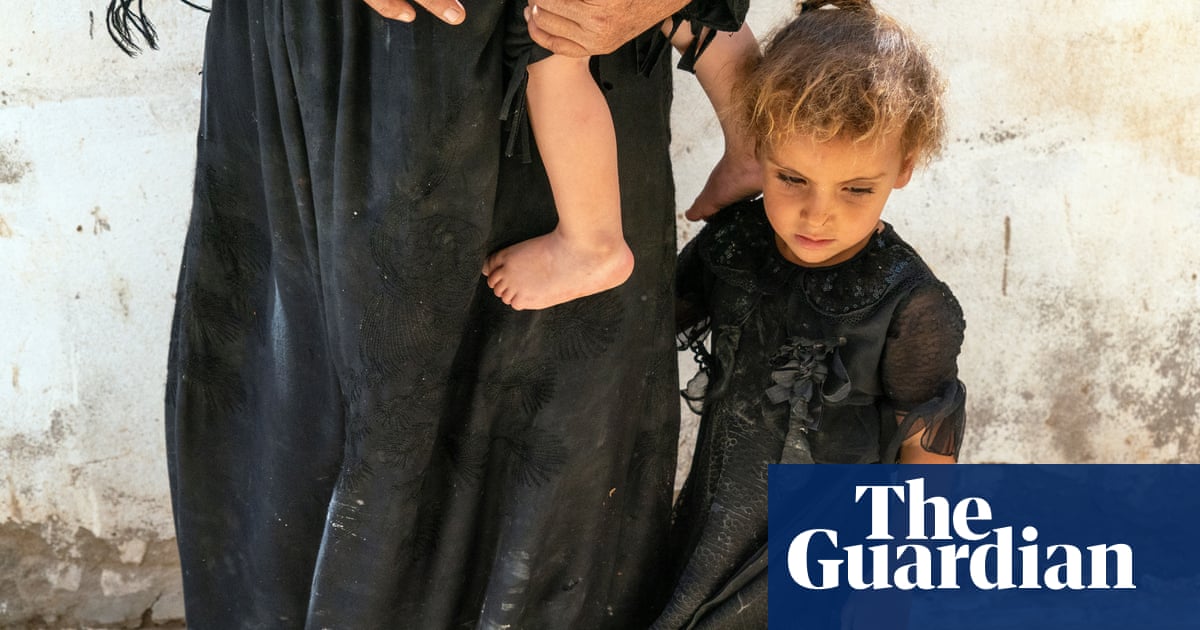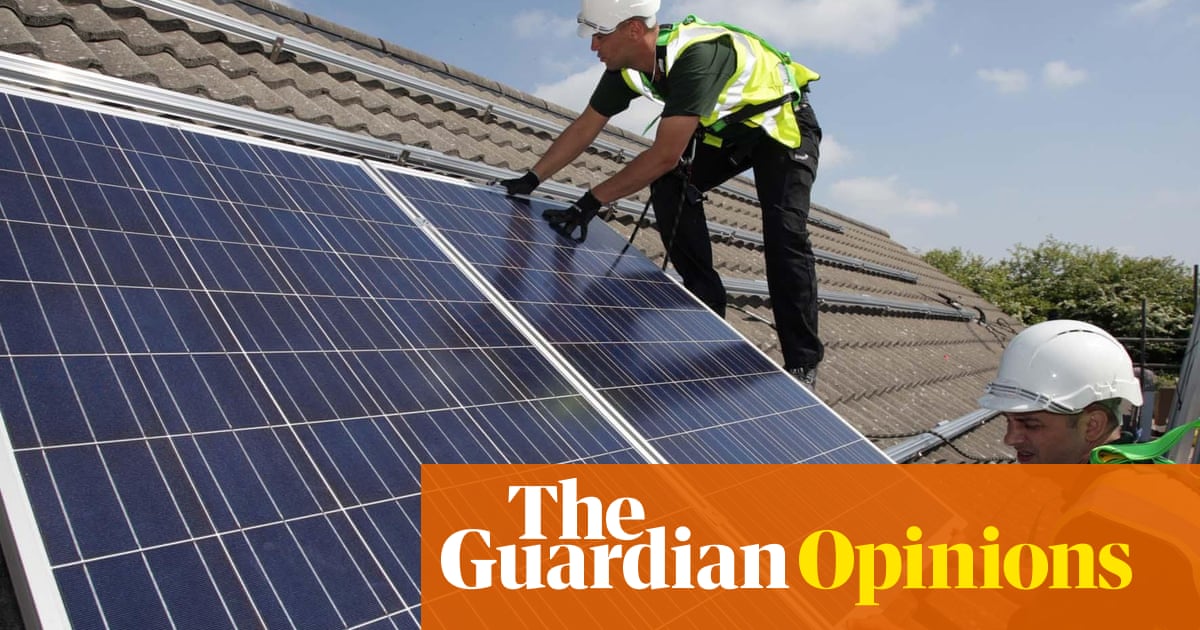
Desperate families in flood-ravaged villages in South Sudan are spending hours searching for water lilies to eat after another summer of intense rainfall worsened an already dire situation.
People have no food and no land to cultivate after three years of floods. Fields are submerged in last year’s flood water and higher ground is overcrowded with hungry people, in what is quickly becoming a humanitarian crisis.
Fangak, one of the worst affected of the 31 counties devastated by the floods, continues to lose ground to the rising water. But the communities displaced along the banks of the White Nile River have nowhere to go to escape the high waters.
“We have been chased out of our home by the flood water and now we’re heading to Old Fangak to look for a place to sleep tonight … [but] I don’t know any other place where we can go after tonight. If so, we will make a small grass island and sleep above the water,” says Nyadut Gatkuoth, a woman migrating with her relatives to the central market area in Old Fangak, one of the few areas on higher ground.
Last year people left behind their collapsed mud homes and slept in the open under trees and in abandoned school buildings, but this year many of these areas have also been flooded. An estimated 1.7 million people are displaced within South Sudan, and migration has increased this year, with people reporting being forced to seek higher ground at least twice in the past few months. Others have given up and crossed the border into Sudan.
The UN says that more than 780,000 people have been affected by flooding so far, and this number is expected to rise in the coming months. In counties like Fangak the number of people affected by the floods was expected to jump from 75% to nearly 100% by the end of October, according to Action Against Hunger. Meanwhile the country as a whole has 8 million people in need, says the UN.
People have not been able to cultivate the land in many areas since 2020. Many of those who lost this year’s harvest also lost their livestock to diseases caused by the animals grazing on flooded fields. Without the milk and meat traditionally provided by cattle to fill the gaps in times of need people are scrambling to find wild food. In the absence of fishing nets or canoes, entire families are dependant on collecting water lilies by the dozen to grind into a small day’s meal.
“We are not used to collecting water lilies but the flood water forces us to. We can spend close to five hours looking for them in the water,” says Bol Kek, a mother of seven children living on the higher ground of Paguir, “[but] when you eat water lilies it feels like you didn’t eat at all.”
The cumulative impact of the loss of harvests, cattle deaths and floods have led to the collapse of traditional livelihoods, according to scientists in the region. Water lilies and fish are not sustainable food sources in the long term because access to wild foods will be reduced in the rainy season, especially for poor households without canoes, once again triggering acute food insecurity.
Though efforts have been made in preparation for this year’s floods, humanitarian food distribution has been hampered by insufficient funding. Distributions have been delayed and food rations cut to prioritise those who need it the most, at the cost of other communities. An estimated 2.5 million people are facing severe food insecurity and more than 100,000 are considered close to famine.
Nyadiang Gak, a mother who migrated to higher ground in the hopes of cultivating this year, says: “We used to plant maize and sorghum at the same time, so when the maize was finished we could harvest the sorghum. Now it is time to harvest sorghum but we couldn’t even plant it … I planted maize next to my home but when the second flood came it destroyed it and I didn’t even get to harvest it … Now we are hungry.”
More communities are now cut off by the floods, while travelling to other areas comes at the risk of attacks or food supplies being looted. The increase in violence against humanitarian workers that led to four deaths this year coincides with food prices soaring. In September 2020, the price for 3.5kg of sorghum powder, a staple food of the country, was approximately 800 South Sudanese pounds (about £4.50) but this year it has increased 60% to 1,300 SSP. The trend is likely to continue, with South Sudan’s economy expected to contract by 4% in 2021, according to the World Bank.
South Sudan is one of the most vulnerable countries in the world to climate breakdown, according to the Global Climate Index. Food insecurity, conflict, diminished human rights and financial problems aggravated by Covid-19 have eroded its capacity to cope with recurring extreme weather events such as flooding. The heavy rainfall that caused three consecutive floods will only get worse in South Sudan and the wider region if global temperatures continue to rise, a recent report by the Intergovernmental Panel on Climate Change (IPCC) predicted.
Though floods occur each year during the rainy season from May to October, scientists say that the recent flooding in Fangak county has been exceptional in terms of intensity, geographic extent and duration. The leading theory on the cause of the flooding, with the caveat of an absence of data before 1980 and the lack of a larger-scale assessment involving neighbouring countries, is that upstream water saturated local swamps, which have likely absorbed water in previous years.
In the remote towns and villages of the most affected states, life is dire. Old Fangak has no electricity or potable water. Dirty water has contaminated the boreholes and sits in paths with sewage. People cook with the same flood water in which children play and animals graze.
“It is a real struggle being here with this water. There is a lot of disease around. This child and I both have a cough, and all of this because of the water,” says David Deng, who is blind and being led through the flood water by his granddaughter, Angelina, in Old Fangak.
Since last year entire villages have disappeared underwater. In their place float small islands made of dry grass, where dozens of people sleep in the open. Cases of snake bites have risen dramatically.
Children are constantly being pushed farther away from schools because of the encroaching water. In many remote areas of the country children have been without education for two years due to the pandemic and the floods. Where homes still stand, communities flush water out every hour and repair mud dykes that break almost daily.
Nyapini Yiel, a mother of two children who lost her home two weeks ago, voices the plight of the communities living on the frontline of the climate crisis. “I’m tired of building dykes all the time and flushing water out all the time … so when it broke that night I couldn’t do anything because it was dark and my children and I were alone at home, so we just went back to sleep. We slept on top of the bed even while the water was coming inside the house.”












